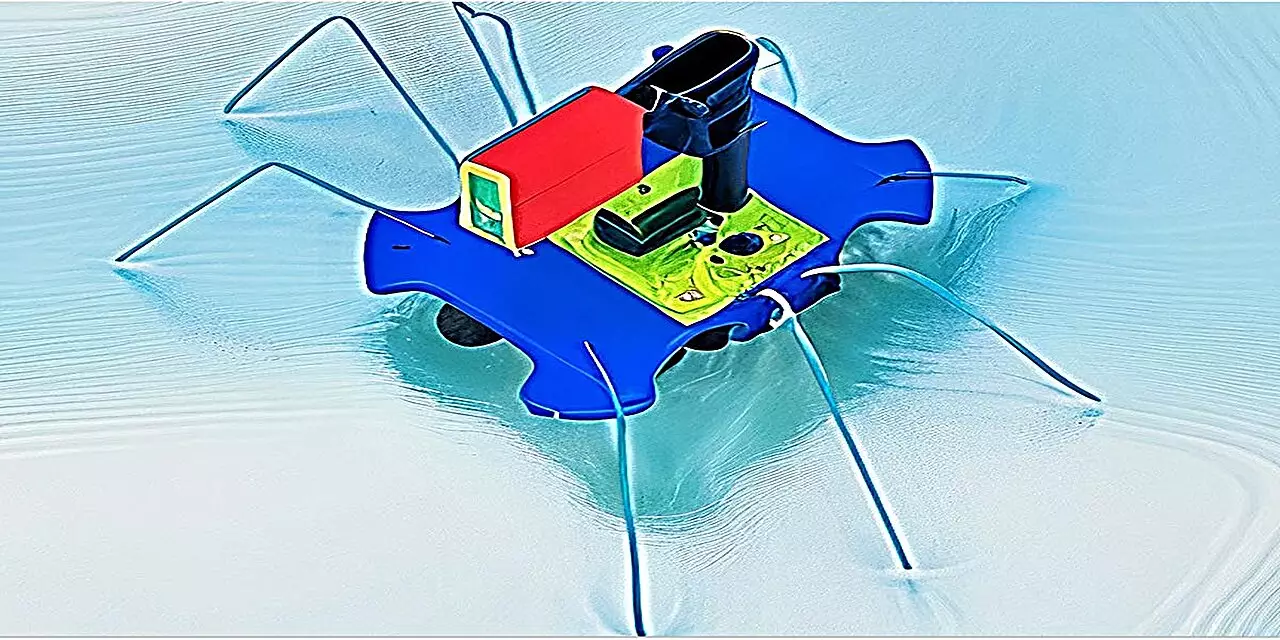Aquatic robotics has reached a new milestone with the development of a self-powered “bug” by researchers at Binghamton University, State University of New York. This innovation holds the potential to revolutionize the field of aquatic robotics and advance the capabilities of autonomous underwater vehicles. The research, recently published in the journal Advanced Materials Technologies, highlights the importance of self-sustaining systems in expanding the reach of robotics in aquatic environments.
With 71% of the Earth’s surface covered in water, aquatic environments present unique challenges for robotics and autonomous systems. The integration of more than one trillion autonomous nodes into all human activities by 2035, as part of the “internet of things,” necessitates the development of technologies that can operate effectively in water. The U.S. Defense Advanced Research Projects Agency (DARPA) has recognized this need and initiated the Ocean of Things program to address the critical environmental and logistical issues posed by aquatic environments.
Professor Seokheun “Sean” Choi, along with his colleagues Anwar Elhadad and Ph.D. student Yang “Lexi” Gao, have been at the forefront of developing bacteria-powered biobatteries with a potential 100-year shelf life. The self-powered bug created by the Binghamton University team utilizes this innovative technology, which proves to be more reliable under adverse conditions than traditional energy systems such as solar, kinetic, or thermal power. The Janus interface of the bug, with one side hydrophilic and the other hydrophobic, enables the absorption of nutrients from the water to fuel bacterial spore production.
The self-powered bug is capable of generating close to 1 milliwatt of power, which is sufficient to support the robot’s mechanical movement and sensors for collecting environmental data. This data includes water temperature, pollution levels, vessel and aircraft movements, as well as aquatic animal behaviors. Unlike stationary sensors, the bug can be deployed to different locations as needed, offering greater flexibility and adaptability in monitoring aquatic environments.
The next phase of research for the Binghamton University team involves identifying the most suitable bacteria for energy production in challenging ocean conditions. While common bacterial cells have been used in the current prototype, further studies are needed to understand the microbial composition of various ocean regions. The team also aims to explore the potential of combining multiple bacterial strains to enhance sustainability and power generation in future iterations of the self-powered bug.
The development of the self-powered bacteria-powered “bug” represents a significant advancement in aquatic robotics and autonomous systems. By harnessing the potential of bacteria-powered biobatteries, researchers are paving the way for innovative solutions to the challenges of operating in aquatic environments. The continuous refinement and enhancement of self-powered aquatic robots hold promise for expanded capabilities in environmental monitoring, research, and exploration.


Leave a Reply